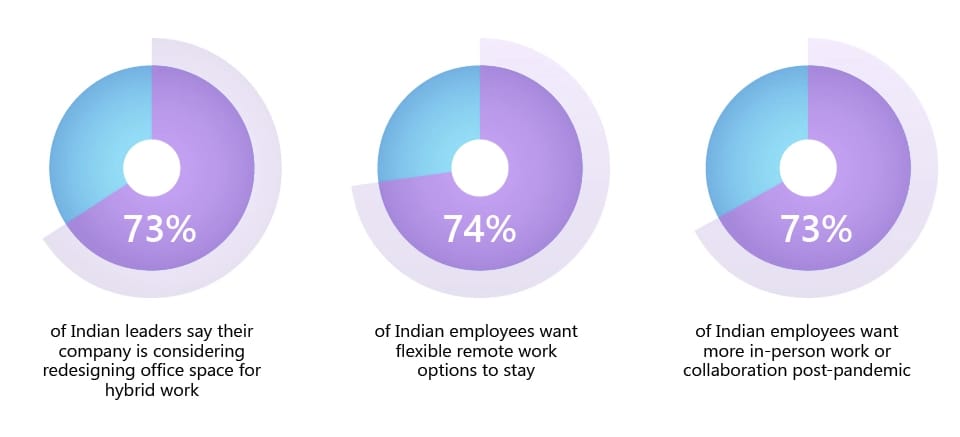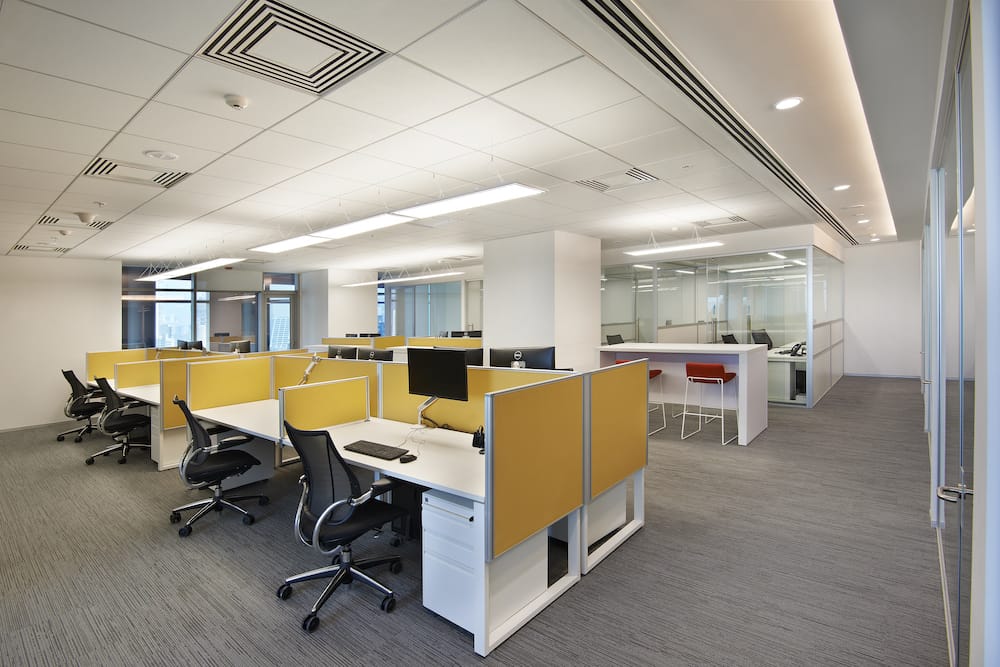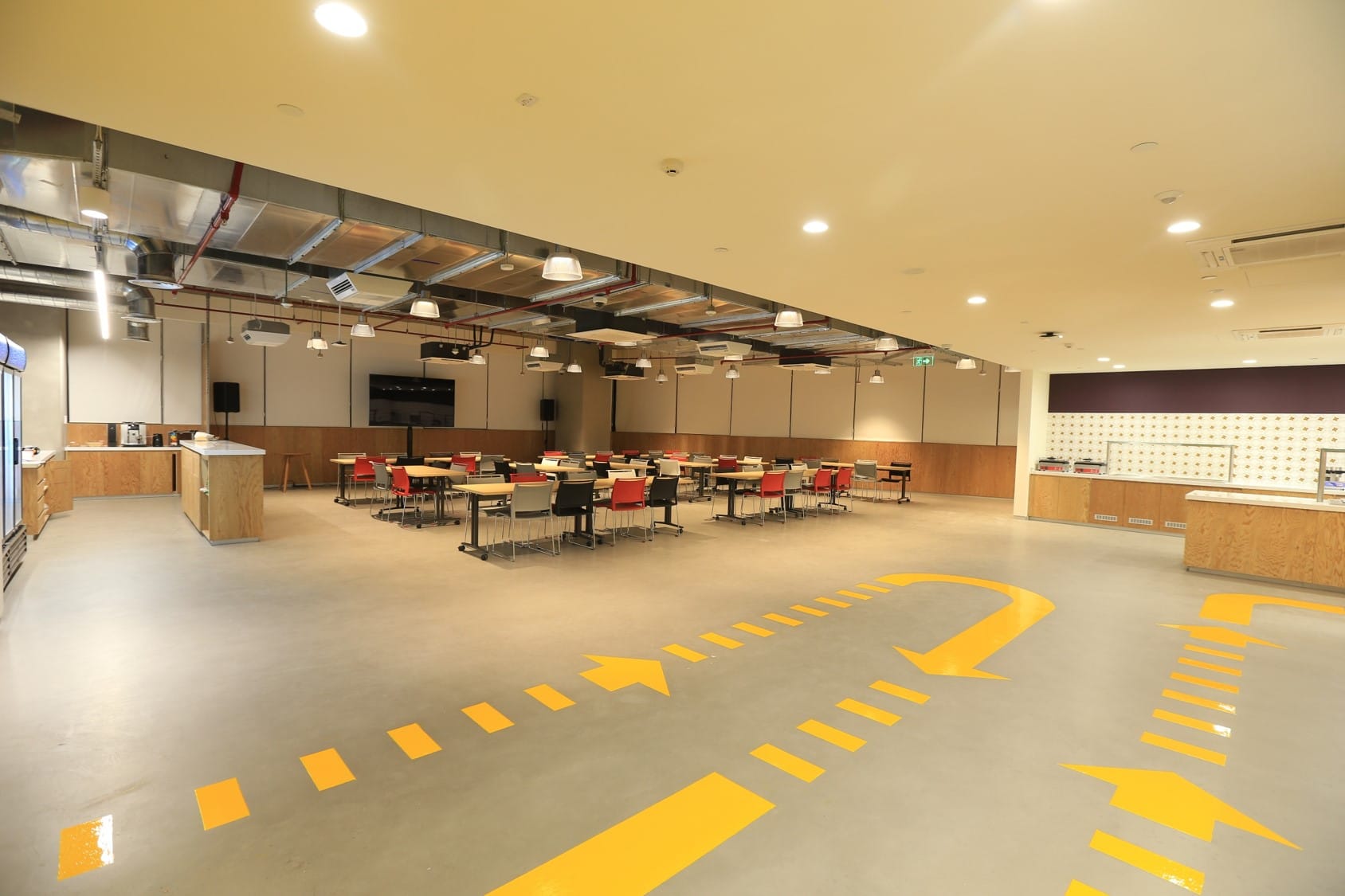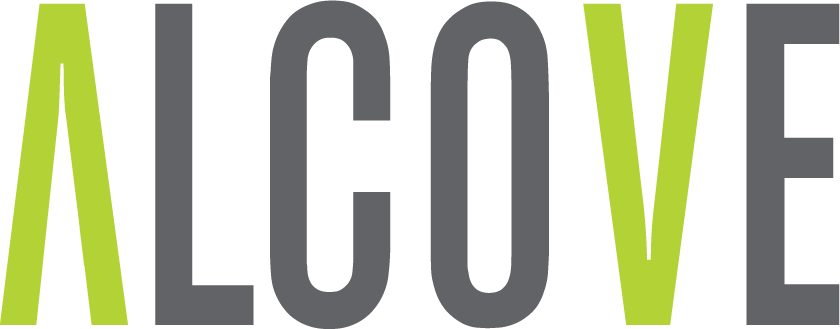The Future of Office Design Post COVID-19
How to navigate a return to office or map out your new office space for a post covid era?
Here are 10 pointers to assist you with this massive shift.
COVID-19 has presented the world with unprecedented global humanitarian challenges.
Many businesses around the world were forced to take a range of approaches, acting swiftly to protect employees and transition to a new method of operating that even the most stringent business-continuity plans had not anticipated. Leaders across industries are now using the lessons learned from this large-scale work-from-home experiment to creatively and boldly reimagine how work tasks are completed and how the role of offices would now play out.
Hybrid Work
Creating a hybrid work plan for any organization requires a flexible operating model spanning people, places, and processes. To help people thrive, organizations would need to rethink the entire employee experience—from creating culture to attracting and retaining talent, while building privacy-backed systems.
Rajiv Sodhi, Chief Operating Officer, Microsoft India, said, “If we have learnt one thing in the last year, it’s that we are no longer bound to traditional notions of space and time when it comes to how, when, and where we work. The Work Trend Index findings attest that remote work has created new opportunities but there are challenges ahead as well. We believe hybrid work is the future, and a successful hybrid strategy will require extreme flexibility. As every organization fundamentally reimagines itself for the hybrid work era, we are collectively learning and innovating on how we will shape the future of work in India. It’s time to embrace work as a frame of mind, not a place you go.”
The last year has fundamentally changed the nature of work and shows that we are on the cusp of workplace disruption. The Work Trend Index study revealed the following trends among the workforce in India:

Source: Microsoft
Each of us have preconceived notions of what a quintessential office should appear like: a combination of private offices and cubicles, with meeting spaces, cafeterias, and shared facilities. While offices have evolved in some ways over the last ten years, they now may need to be completely redesigned and transformed in a post–COVID-19 future.
Since there is no such thing as a one-size-fits-all answer. The responses to office design will fluctuate depending on the company, what skills are required, which positions are most vital, and how much teamwork is required for success.
On analyzing this further, the correct floor arrangement for a company can maximize space while enabling employees to perform their best work in a safe environment. Depending on the office’s work styles and functions, one technique may be more productive than others while in some cases a combination of arrangements might work best. So here are some ways your floor layout could adapt to how your employees operate.
Hot Desking
If a significant portion of the companies workforce is not in the office daily, flexible seating methods are essential. Providing employees the choice to reserve a desk when they wish to come in is now an increasingly common office floor plan concept, especially with offices running at decreased capacity owing to COVID-19 requirements. In this situation, office users may reserve a desk for the day, tidy their workstation upon use, and carry with them all personal things at the end of the day.
Assigned seats
If you have enough floor space to maintain social distancing for all of your operations, the conventional desk assignments may provide your employees with the assurance of having a secluded area within the workspace. In this arrangement, each individual becomes responsible for the upkeep of their desk space.
Neighborhoods
When employees collaborate on a frequent basis, one strategy to reduce the spread of disease in your workplace is to designate sections for each of the departments or teams via socially separated floor patterns. Such specified areas, often known as “neighborhoods,” might be centered around the teams, responsibilities, and/or work engagements. Cohorting may reduce the number of individuals that each particular member of the team sees each day, which could be important for contact mapping in the case of an infection.
Desk pods
Although plastic shields provide a barrier, they may be detrimental to collaboration and teamwork. Several businesses utilize desk pods to enhance overall safety and interaction. Desk pods enable 3 – 4 people to communicate all the while maintaining distance.
Desk distancing
Adding new features to workstations, such as taller screens, can assist. Alternatively, if space is not an issue, practicing physical distancing, organizations could place desks apart and eliminate seats or block desks. Managers may speak to their staff well about the necessity of social distancing, but instead, a workplace floor plan that favors it is far more successful. Several companies are switching desks and workstations so that they face away from one another, making it simpler for workers to keep their distance.


Smaller Conference Rooms
To enable hybrid teams wherein a few members are working remotely and the rest are working out of the office, “Video meeting rooms” could become another fixed requirement in a post-Covid workplace. A few businesses are already allotting rooms or transforming smaller meeting rooms to accommodate video calls.
Wayfinding to help maintain distance
While signage is primarily used to assist in the entire user journey through a space, in a Post COVID workspace wayfinding and signage can now be used to guide and educate employees in exercising social distancing. Floor and wall signs showing you which direction to go, where to wait, or how far away to stand, all while ensuring easy access to handwashing facilities or sanitizer, especially at ‘high-traffic areas can easily be incorporated.

In a time where companies with an aim to grow productivity and make sure their employees are well taken care of, are now more than ever striving to provide their staff with safe and holistic spaces to work out of. This includes safe distancing well-sanitized spaces, focusing on materials used, biophilia, and colour.
Biophilic Design in the Post-COVID Office
There is a greater emphasis now, on including biophilia as part of the initial design phase rather than as a last-minute add-on or plug-in. Companies are considering the many ways in which a post-COVID workplace can embrace both physical and mental health. Awareness of quality of air, artificial and natural lighting, and acoustics will remain critical moving forward.
According to designers, the pandemic has encouraged companies to remodel workspaces to replicate nature, offer improved air filtering systems, and incorporate environmentally friendly materials in the design of the space.
Introducing biophilic design and, more broadly, the notion of incorporating the therapeutic effects of nature indoors has now become the norm.
Use of colour in the workspace to enhance productivity
When it comes to colour psychology artists and interior designers have long believed that color can dramatically affect moods, feelings, and emotions.
Pantone which is attuned with current affairs and picks colour of the year, for the year 2022 they picked the colour 17-3938′, ‘very peri’ which is a blend of blue and red hues, encourages ‘personal inventiveness’ and ‘creativity’. Laurie Pressman, Vice President of the Pantone Color Institute said, “The Pantone Color of the Year reflects what is taking place in our global culture, expressing what people are looking for that color can hope to answer.” With the colour of the year representing the “happiest and warmest of all the blue hues,” meant to symbolize transition and new possibilities, seems apt for the year 2022. Pantone
Circling back to colour psychology Blue known to have a calming effect can in turn help to improve the employees’ focus which may directly positively help affect the companies productivity and growth.
A few additional aspects that can be incorporated into the workplace are:
- Substituting high touch with touch-free alternatives, such as motion sensors for lights, bathroom fixtures, and doors.
- Hand sanitizer dispensers or if the layout permits, self-contained hand-washing stations and in high-traffic areas,
- Improve ventilation
- Rotating work days
Closing Thoughts
With employers experimenting with bringing their workers back to work, leaders must act now to ensure that workplaces are both productive and safe on their return.
Firms should also seize the opportunity to liberate themselves from the rigidity of the past by letting go of ineffective former practices and processes. A return to the workplace may be used to reimagine the position, provide an improved experience for people, that helps boost cooperation, efficiency and cut expenses. This type of change will need a creative vision based on facts. Finally, the goal of this reformation will be what excellent firms have long favored: a secure atmosphere in which people can enjoy their job, cooperate with their colleagues, and achieve the companies’ goals.
Though this global pandemic Alcove Design Consultants has been striving to initiate positive change by helping workplace design evolve. The team at Alcove is working with clients throughout India to help create safer office spaces.
